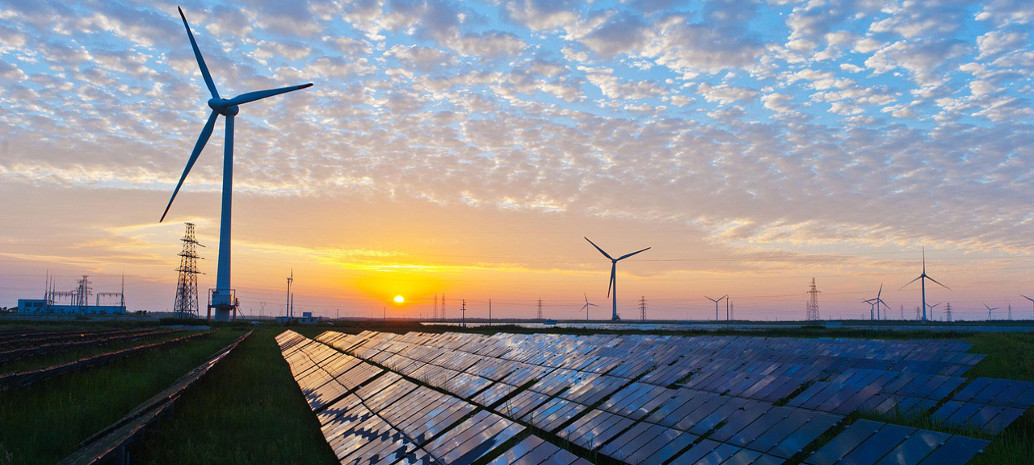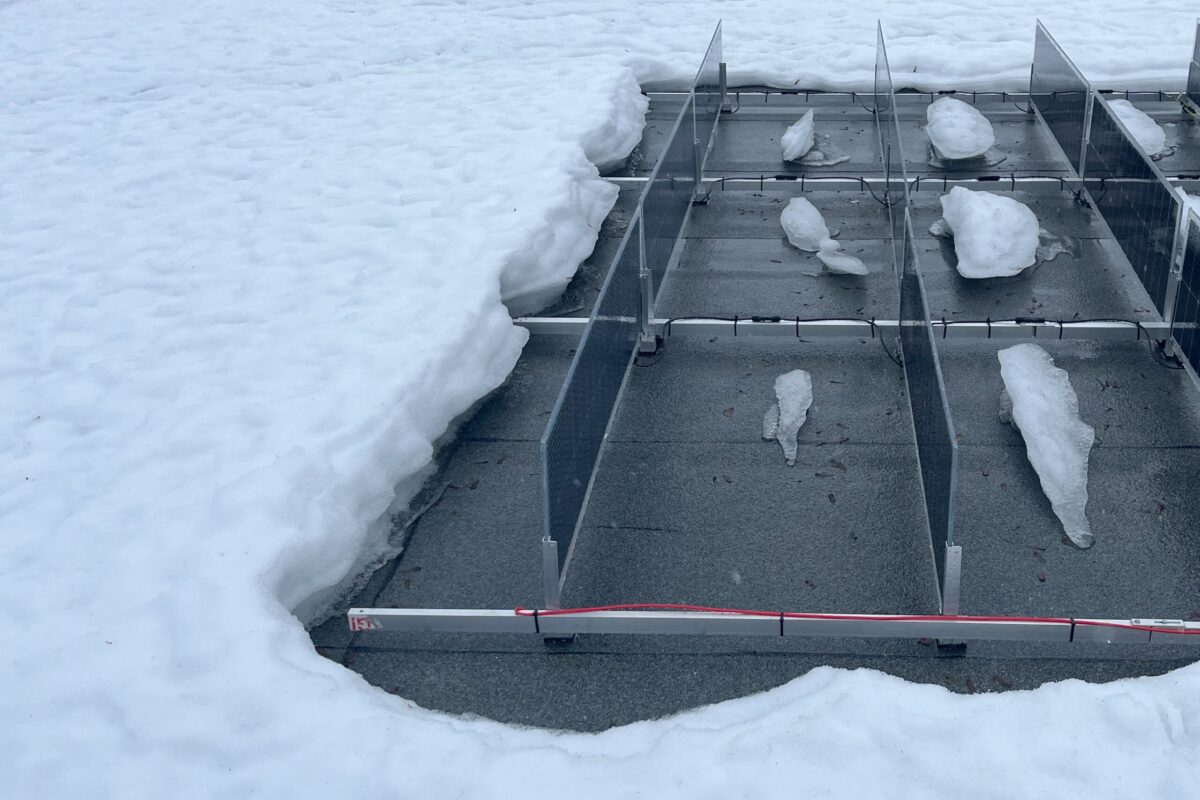New South Wales could become home to a 4 GW solar, wind and storage facility, which would be the largest single renewable energy project developed in the National Electricity Market.
The Walcha Energy Project, located approximately 55 km south of Armidale on the New England Tableland, is said to be ideally positioned with excellent wind resources and land well suited for large scale solar. The site has also been recognized for its renewable energy potential and included in AEMO’s Integrated System Plan as the New England Renewable Energy Zone (REZ).
It is also located close to the backbone of the NSW transmission system and the coal-fired power plants in the Hunter Valley which are scheduled to be retired from 2022 onwards, Estate Energy said in a statement.
Noting that the renewable energy projects to be developed in New England REZ exceed the capacity of the existing grid, the developers also propose to build a major substation at the town of Uralla.
The substation would be a new connection point not only for the Walcha Energy Project, but also other developers in the REZ, and aligned with the plans of the NSW government, AEMO and transmission operator Transgrid.
Additionally, the project could support the development of a new transmission line from the Hunter Valley to the New England REZ and facilitate a second double circuit interconnector between NSW and Queensland.
“This multi-technology opportunity will supply low cost, firmed, renewable energy to NSW customers. The recent dramatic falls in the cost of new wind and solar generation means this is now the right time to move ahead with a project of this size and impact in NSW,” said Vincent Dwyer, Principal of Energy Estate.
With the help of the storage components, this massive project will be able to dispatch into the system and assist with NSW’s transition from fossil fuels.
NSW is already taking proactive steps to ensure an orderly transition of the energy sector over the next two decades and replace its ageing and unreliable coal power stations.
Namely, the government has already devised a plan, called the NSW Transmission Infrastructure Strategy, to beef up its grid and leverage up to $23 billion of private investment in renewable energy held back by grid capacity constraints.
The grid upgrade strategy announced this week closely followed the launch of another government’s energy transition scheme, the $55 million Emerging Energy Program, aimed at supporting the commercialization of new low-emissions, large-scale power generation and storage projects.
The Walcha Energy Project could, undoubtedly, move these plans forward.
“The Walcha Energy Project is a leading example of how integrated renewable energy generation and storage zones are the next stage of Australia’s clean energy transition,“ Chief Advisor to Energy Estate, Simon Corbell said.
“Unlocking the clean energy potential of areas like Walcha means delivering clean and dispatchable electricity generation when needed, and enabling new economic development opportunities in regional NSW”.
The hub has been designed by Aurecon, the leading engineering consultancy and grid specialists. It is planned to be completed in stages with the construction of the first phase expected to commence in 2020, supplying energy to NSW consumers in 2022.
According to Energy Estate, the Walcha project has seen a high level of the local community participation from the outset, as the development team has been seeking to balance the interests of the landholders, the community and the other stakeholders.
“We look forward to working with the community and region to bring this project quickly to fruition,” said Mark Waring, Founder of MirusWind, noting that MirusWind is pleased to have Energy Estate join the development team.
Overall, the Walcha project is second in size only to the 11 GW Asian Renewable Energy Hub that aims to export power to Southeast Asia via subsea cables and supply big miners and green hydrogen projects in the Pilbara region, in northwest WA. The project is proposed by a consortium comprising Danish wind turbines giant Vestas, privately owned Intercontinental Energy, Australia’s renewables developer CWP Energy Asia and Australia’s biggest investment bank Macquarie Group.
This content is protected by copyright and may not be reused. If you want to cooperate with us and would like to reuse some of our content, please contact: editors@pv-magazine.com.




By submitting this form you agree to pv magazine using your data for the purposes of publishing your comment.
Your personal data will only be disclosed or otherwise transmitted to third parties for the purposes of spam filtering or if this is necessary for technical maintenance of the website. Any other transfer to third parties will not take place unless this is justified on the basis of applicable data protection regulations or if pv magazine is legally obliged to do so.
You may revoke this consent at any time with effect for the future, in which case your personal data will be deleted immediately. Otherwise, your data will be deleted if pv magazine has processed your request or the purpose of data storage is fulfilled.
Further information on data privacy can be found in our Data Protection Policy.